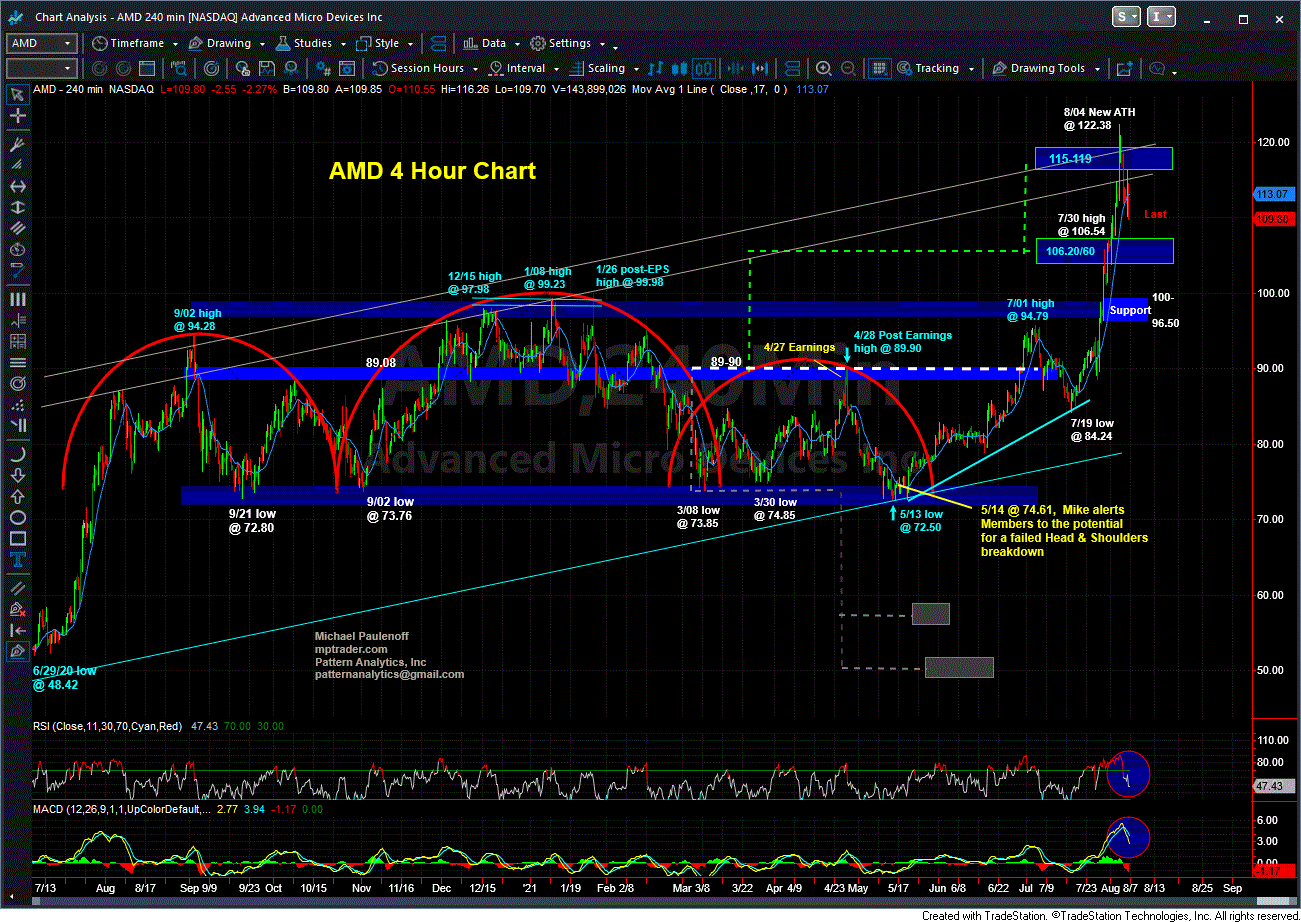Probably the first price pattern both fundamental and technical investors learn to recognize is a head-and-shoulders top, says Mike Paulenoff of MPTrader.
Rightly or wrongly, it is the Holy Grail of technical formations, striking fear into holders of the stock, index, ETF, or commodity that exhibits such a technical set up, while eliciting an opposite reaction from put owners and short sellers who anticipate huge gains captured by impending weakness.
Truth be told from my experience over four decades of market-watching and analysis, after viewing tens of thousands of chart set-ups (designating me an "expert" master technician, according to Malcolm Gladwell's criteria discussed in his 2011 book, Outliers), I can report that the most highly recognized head-and-shoulders top formation is also the pattern least likely to do what it is supposed to do.
Of course, at some point, most every student of the markets inadvertently learns the old Joe Granville truism, "if it's obvious, it is obviously wrong," which certainly applies to amateur and professional investor recognition of the "mighty" head-and-shoulder top! The more investors and traders who see it, the less likely it will behave like a top.
Learning the hard way, early in my career I discovered that expecting and positioning ahead of a breakdown from a head-and-shoulders top almost always resolved itself in a VERY POWERFUL MOVE IN THE OPPOSITE DIRECTION. Moreover, I noticed time and again, that if the reversal upmove off of the neckline support plateau was powerful enough to propel the price structure up and over the high of the right shoulder, then upside continuation occurred in a very high percentage of the head-and-shoulder failures.
In other words, short covering and new buying combine to propel prices much higher, and in the vast majority of instances, up and over the high price established at the former head of the top pattern.
All of which brings me to the behavior of Advanced Micro Devices, Inc. (AMD) since its mid-May 2021 failure to break the neckline of an 11-month distribution top formation that certainly exhibited the artwork of a head-and-shoulders formation.
On May 14, with AMD peering into the abyss from the neckline of a multi-month head-and-shoulders pattern, I alerted MPTrader members to the following set up:
"I regard AMD's near- and intermediate-term technical set up as a litmus test for the semiconductor sector. Why? Because my intermediate-term work argues that all of the price action since last September (2020) represents a distribution top formation that implies much lower targets in the upcoming weeks while my nearer-term work indicates that AMD established a consequential low at 72.50 yesterday morning. Off of the 72.50 low, where AMD was staring into the abyss beneath the multi-month "neckline" support plateau, buyers swooped in to "save the day," at least for now. Judging by the positive juxtaposition of my four-hour momentum gauges with the "curled up" price structure, AMD should be in the grasp of a near-term recovery rally within the larger multi-month bearish set up. AMD needs to chew through heavy resistance from 76.00 to 79.60 to inform us that we should be second-guessing the likelihood of the larger bearish corrective set up... Last is 74.61."
Indeed, from that day forward, AMD clawed its way higher, above the peak of the right shoulder at 89.90, which invalidated the head-and-shoulders top. It also triggered technical buy signals in my work that pointed to upside continuation towards a test of the high price established at the head of the former head-and-shoulders top formation, in the vicinity of 99-100, and projecting to a new ATH target of 105-108, as I noted to members on July 1.

Fast-forward to the morning of July 30th, and AMD hit a new ATH at 106.54, moving my next target range up to the 115-119 region. AMD spiked to a high of 122.49 this past week (on Wed Aug 4), nearly 69% above where it failed to breakdown from the neckline at 72.50 in mid-May, and 64% above our first alert that the trusty old head-and-shoulders top formation might not be all that trustworthy after all.
Mike Paulenoff is the author of MPTrader.com, a real-time diary of his technical analysis & trade alerts on ETFs for precious metals, energy, currencies, and an array of equity indices and sectors, including international markets, plus key ETF component stocks in sectors like technology, mining, and banking.





















